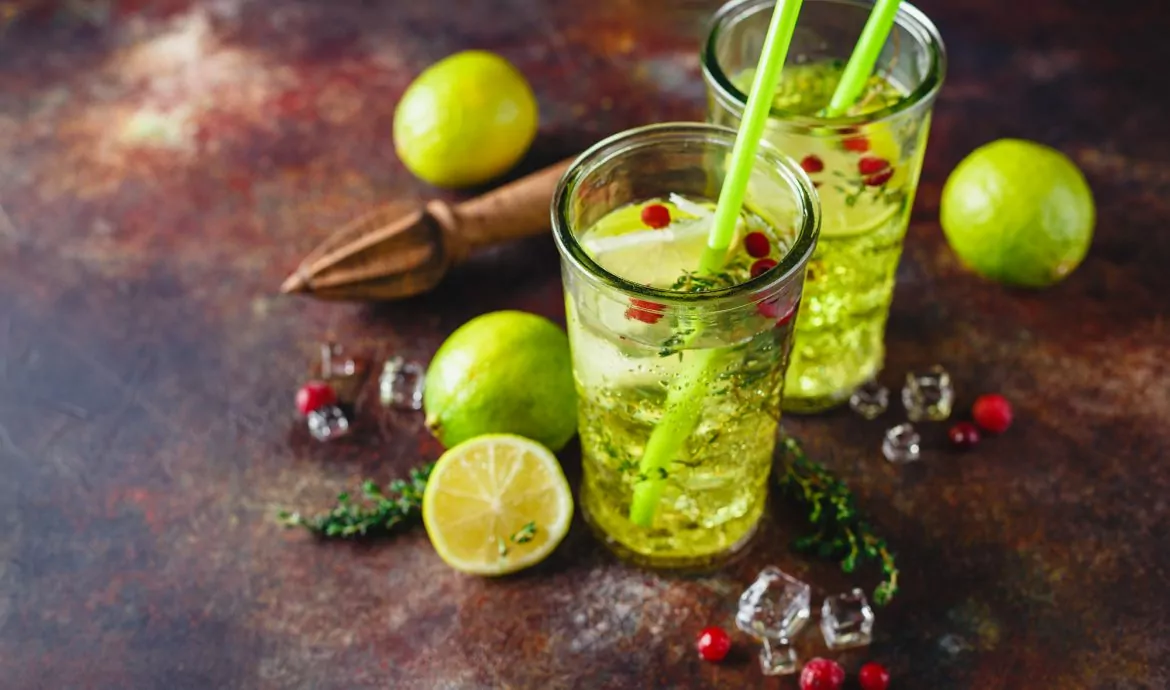an option for every drinker out there. Find out more about them here.
The rise of fruit alcoholic drinks
Most often, wine is the first product that comes to mind when talking about alcoholic drinks containing fruit. The truth is nowadays there are many types of fruit alcoholic drinks available.
The current leader is hard seltzer. This spiked, fruity, sparkling beverage has grown popular over the last five years in the United States, especially among people looking for refreshing, flavorful, low-calorie options (Bernstein, 2020).
As a result, both craft brewers and industry giants are trying their hand at hard seltzer (Bernstein, 2020). This makes sense since the ready-to-drink segment is poised to reach a global compound annual growth of 21% towards 2024 – and it will be taking its share primarily from the beer segment (IWSR Drinks Market Analysis, 2020).
On the other hand, beer has its own place among the fruit alcoholic drinks market, which presents further opportunities for brewers. As a leading gateway option for wine drinkers, fruit beer represents valuable openings for any craft brewery or microbrewery:
- Sour beer usually includes fruits such as raspberries, blackberries, limes, guavas, and strawberries (Freeman, 2021).
- Many examples of rosé beer obtain their color from grapes, apples, strawberries or cranberries (Breslouer, 2019. Pekow, 2019).

All-time classics
Cocktails are also long-haul players in the fruit alcoholic drinks scene. Many of them include some sort of fruit juice, like the orange juice in a tequila sunrise, or the lime juice in a Margarita. Some others carry a different element, such as the chopped fruit in Sangría (Taste Atlas, 2021).
These drinks represent valuable opportunities for industry businesses to expand their portfolio. They are widely available to consumers: at bars, restaurants, and even at home. People can mix them themselves or buy cocktail mixes and cocktail-inspired drinks in a can at the supermarket.
Just like with hard seltzer, craft breweries have also placed their bets on ready-to-drink cocktails. In this arena, the possibilities seem endless. Cocktails generally consist in mixing (Donica, 2020):
- A base spirit.
- Balancing agents that taper the spirit’s intensity and heighten its flavor, like sugary syrups and citrus juices.
- Modifiers, which introduce different tastes and flavors: floral, herbal, spicy, etc.
- Water, to dilute the alcohol, usually in the form of ice.
At the end of the day, a good cocktail is the one that tastes good, with no ingredient overpowering the others. Experts recommend using traditional cocktail families as a framework for developing your own (Donica, 2020). As shown, fruit alcoholic drinks are making their splash among consumers. Diversity may play a role, as there is an option for everyone: from sparkling, low-calorie, spiked seltzers to flavorful beers and spirit-packed cocktails. You will find a perfect fruity beverage to your liking.
References
BERNSTEIN, J. (2020). 11 BEST HARD SELTZERS TO DRINK IN 2021. LIQUOR.COM.
RETRIEVED FROM HERE
BRESLOUER, L. (2019). ROSÉ BEER IS THE HOT NEW BREWING TREND — AND THESE ARE THE BEST ONES. THRILLIST.
RETRIEVED FROM HERE
CROTTY, A. (2020). THESE SPARKLING WATER BRANDS HAVE GONE BOOZY. LIQUOR.COM.
RETRIEVED FROM HERE
DONICA, A. (2020). HOW TO BUILD A COCKTAIL. POPULAR MECHANICS.
RETRIEVED FROM HERE
FREEMAN, S. (2021). THE 12 BEST SOUR BEERS TO DRINK IN 2021. LIQUOR.COM.
RETRIEVED FROM HERE
IWSR DRINKS MARKET ANALYSIS. (2020). HARD SELTZERS DRIVE A RESILIENT US BEVERAGE ALCOHOL MARKET IN 2020, ACCORDING TO NEW IWSR FORECASTS.
RETRIEVED FROM HERE
PEKOW, C. (2019). TRENDY ROSÉ BEERS REACH A NEW SET OF DRINKERS. CRAFTBEER.COM
RETRIEVED FROM HERE
TASTE ATLAS. (2021). TOP 50 MOST POPULAR BEVERAGES IN THE WORLD.
RETRIEVED FROM HERE





















